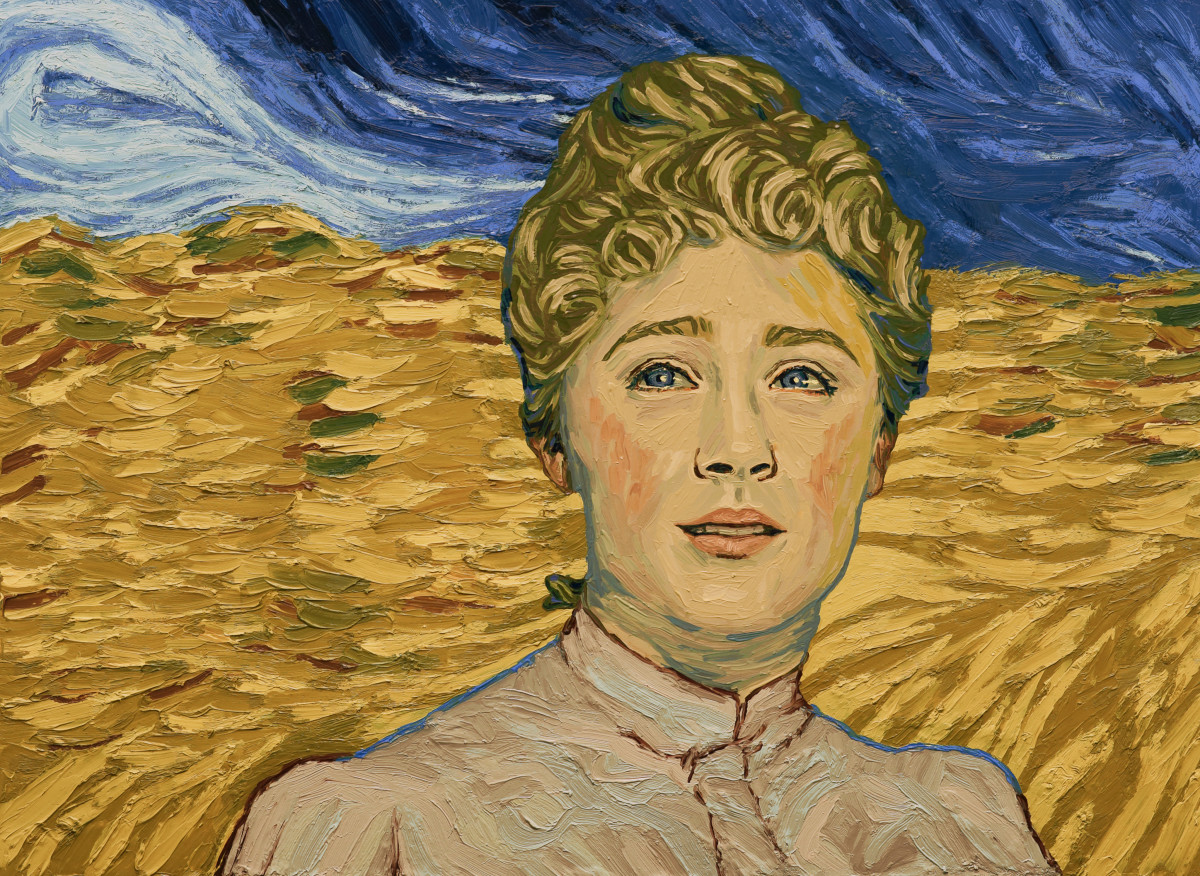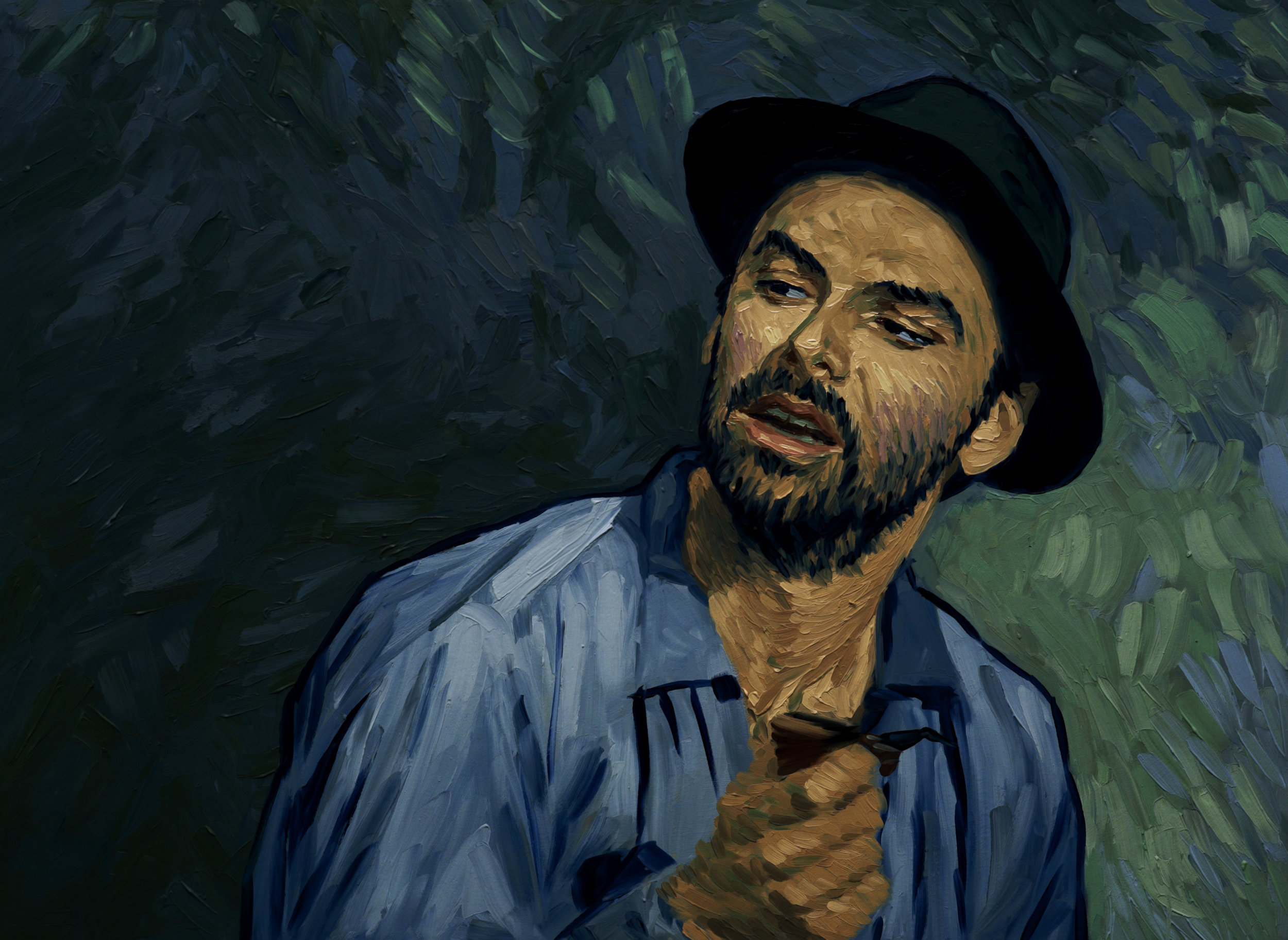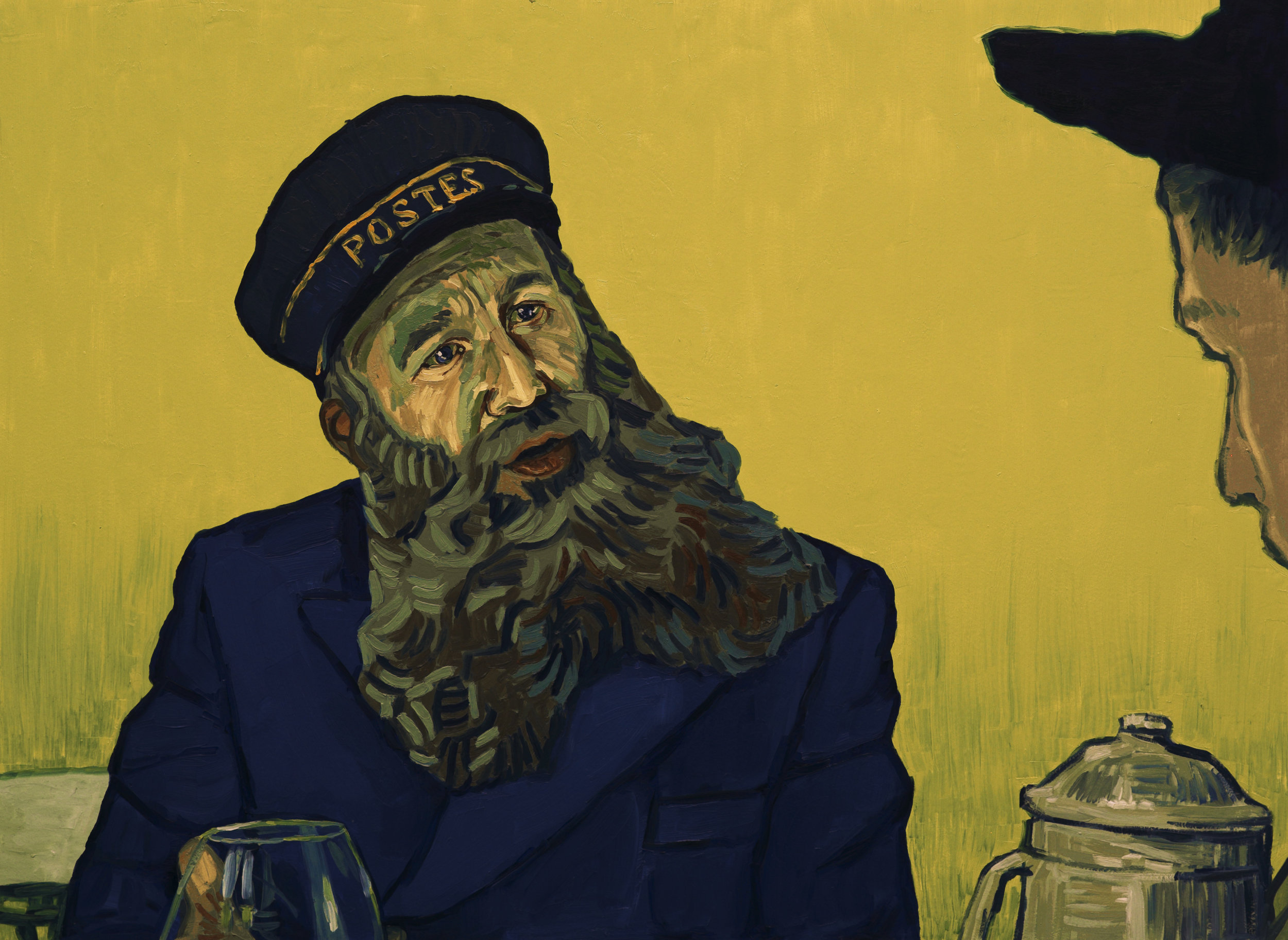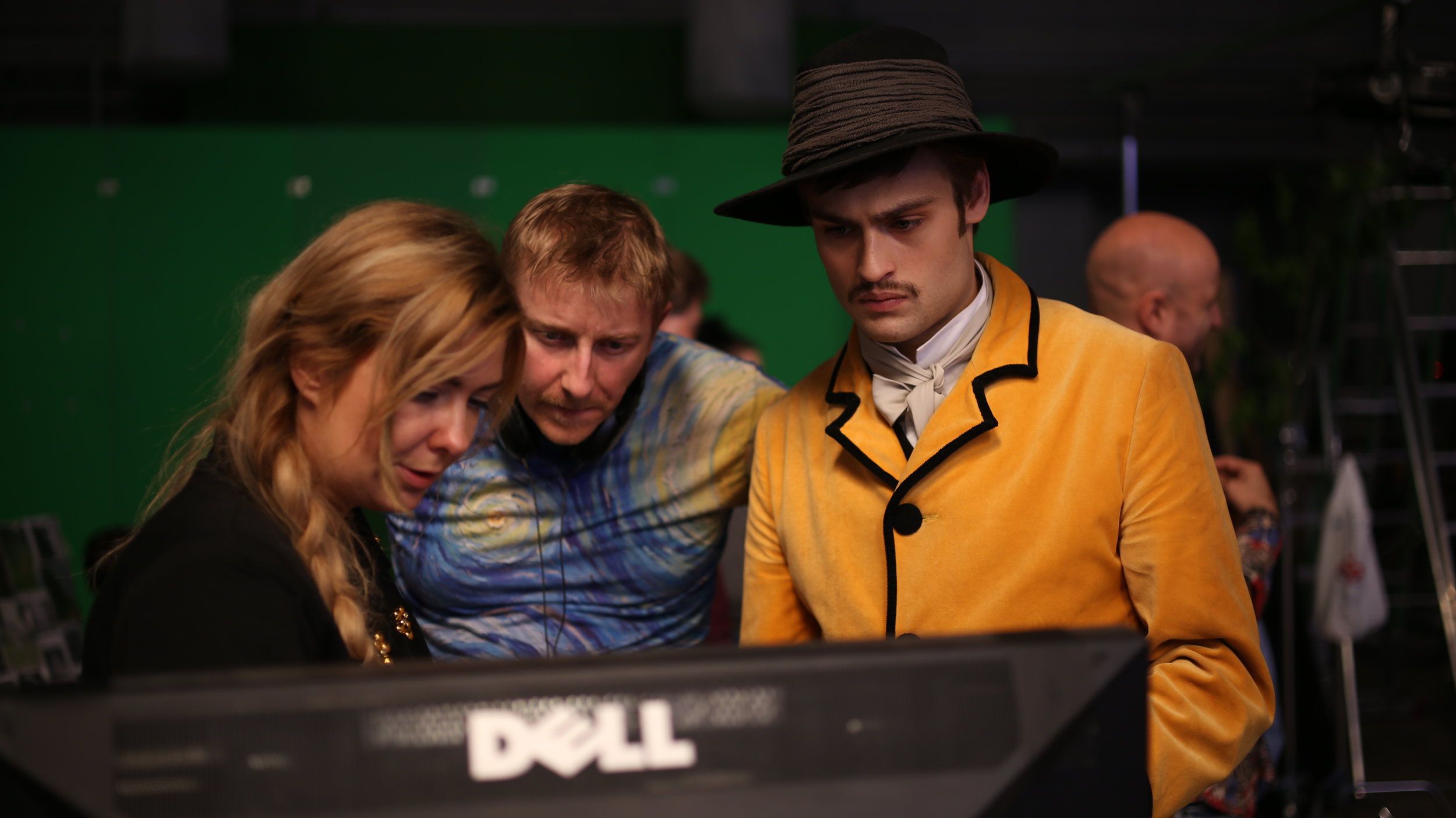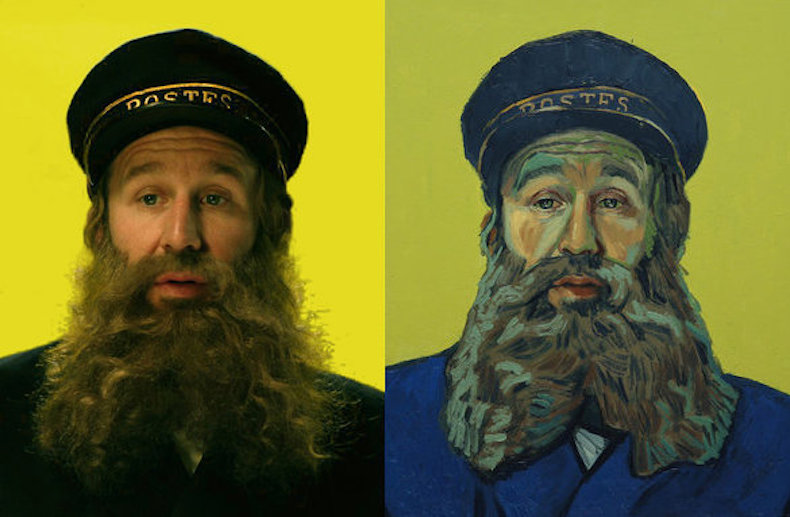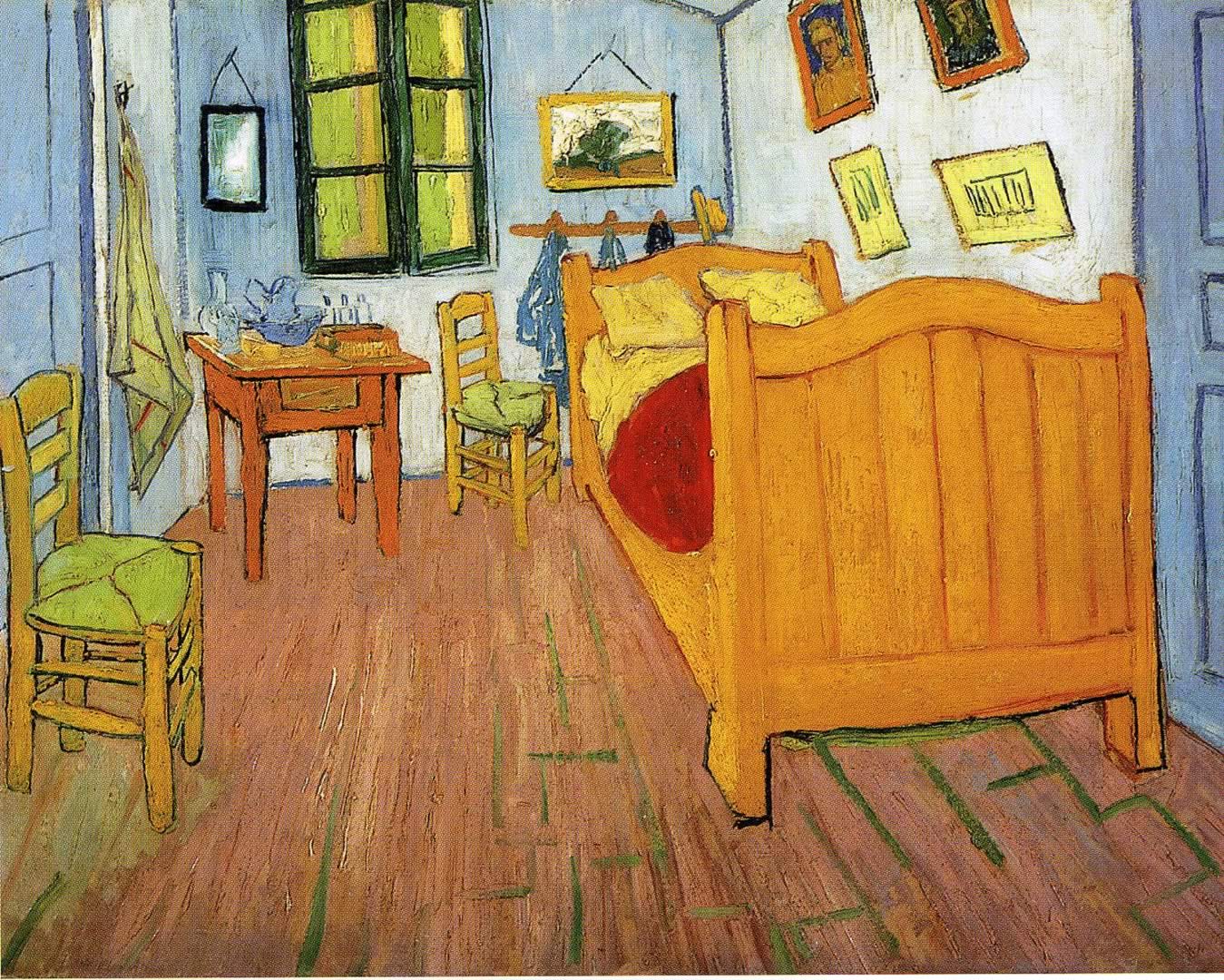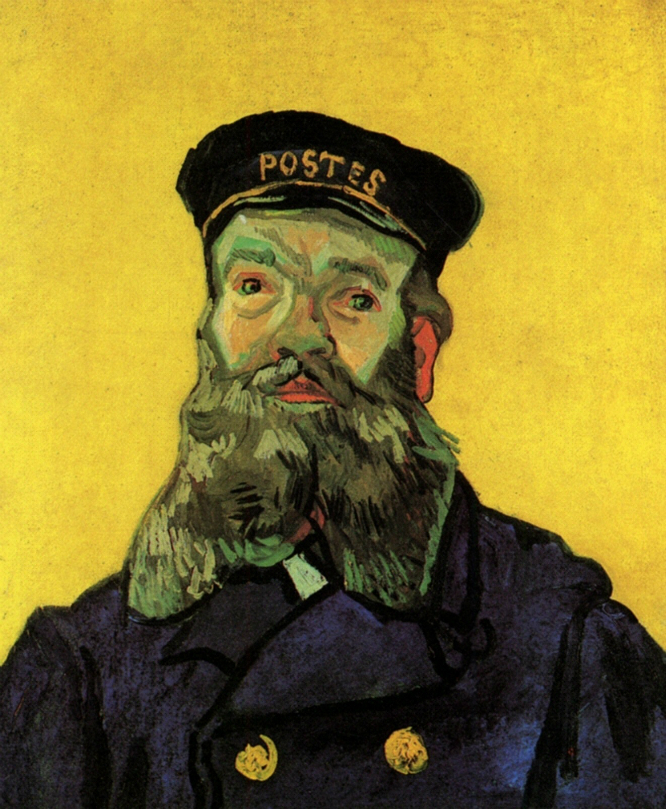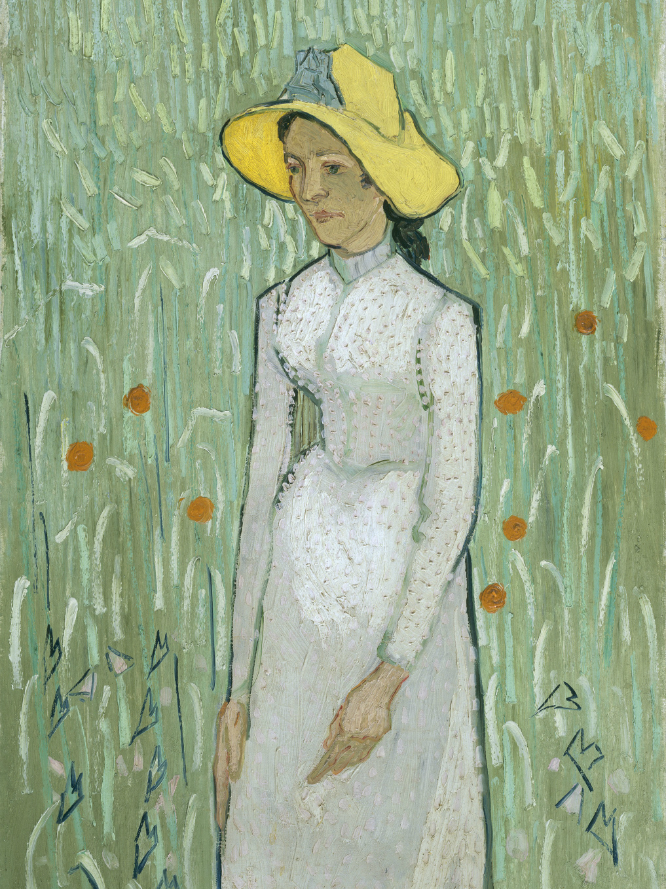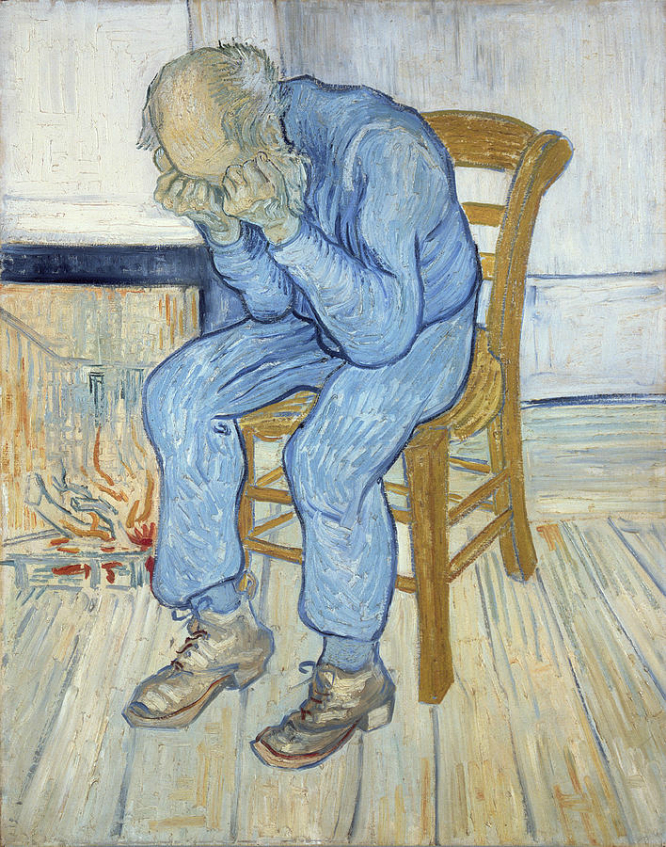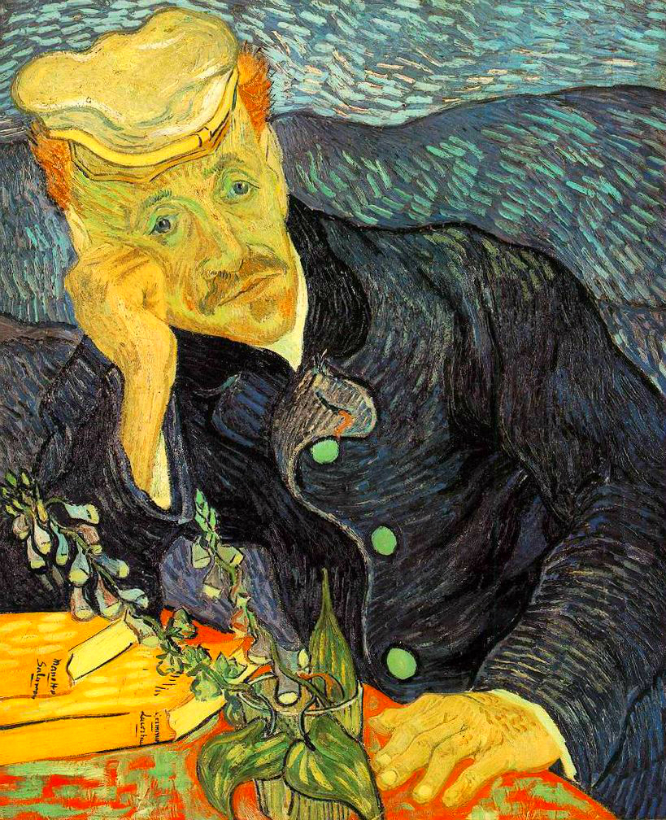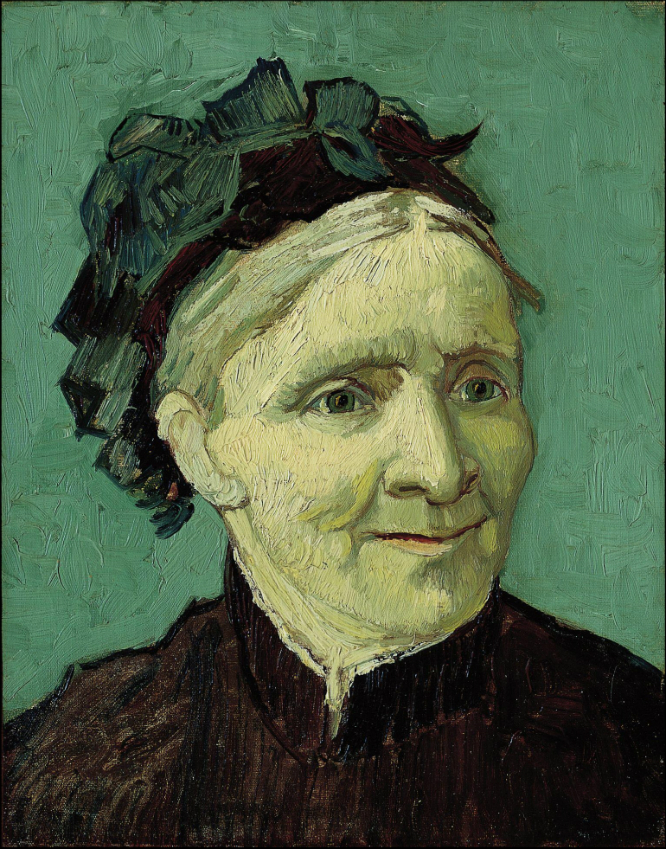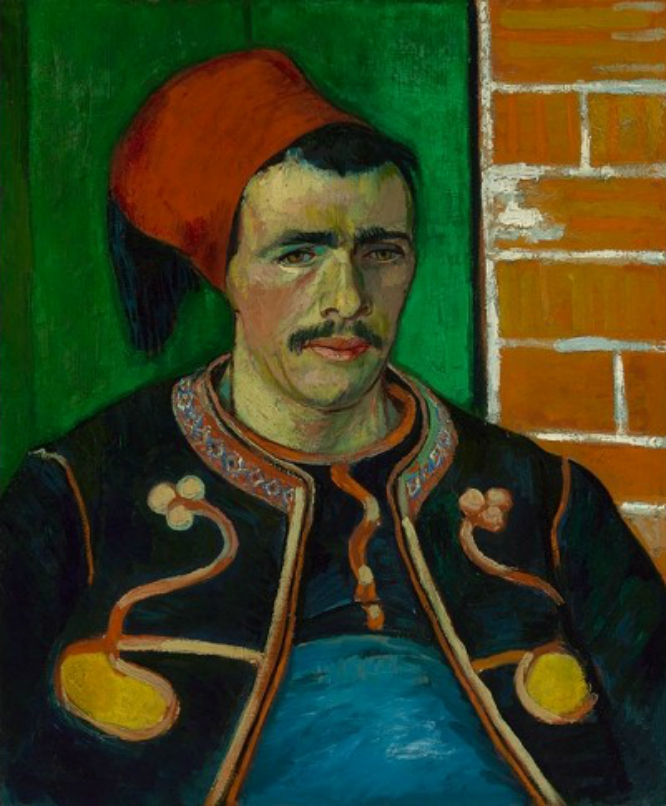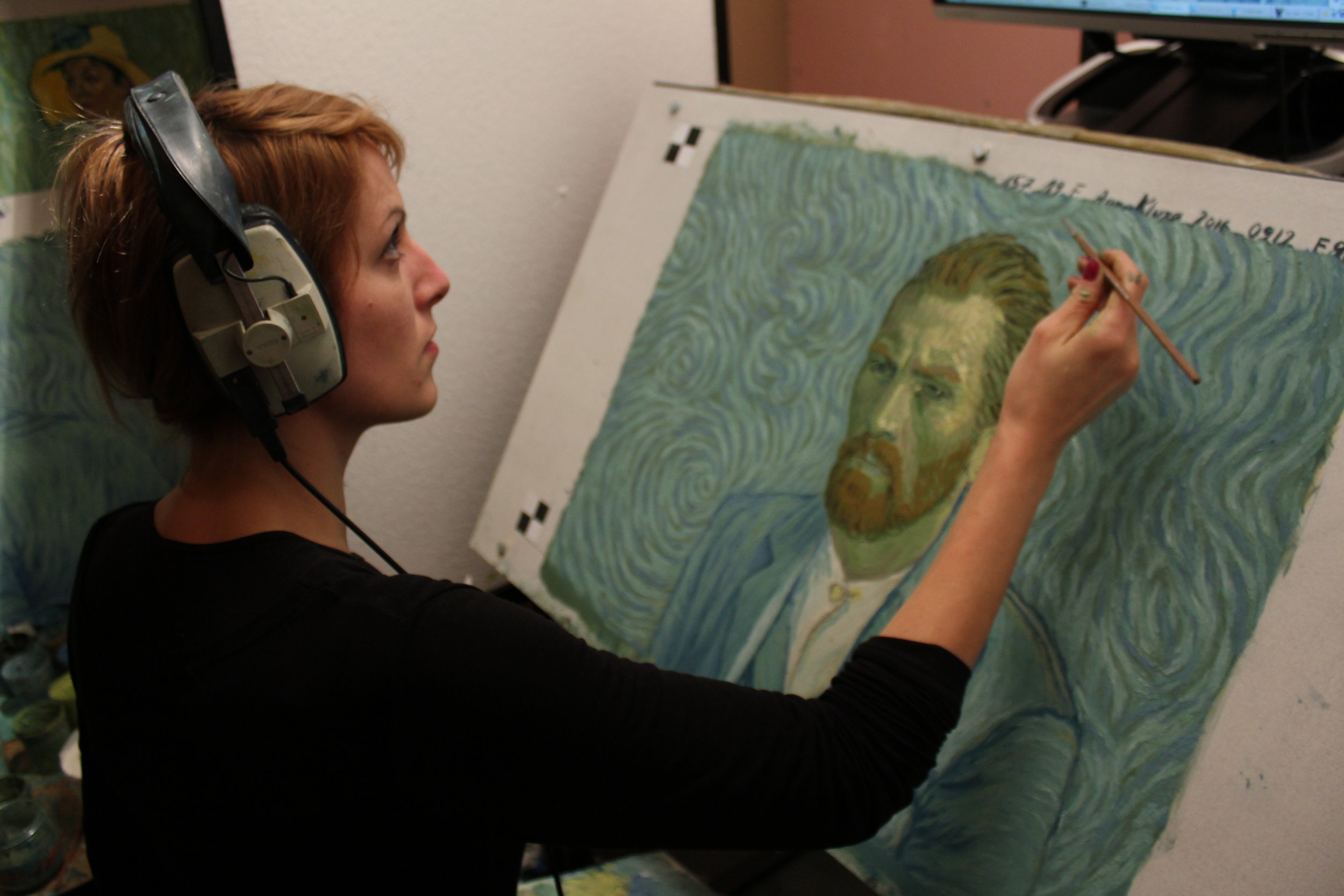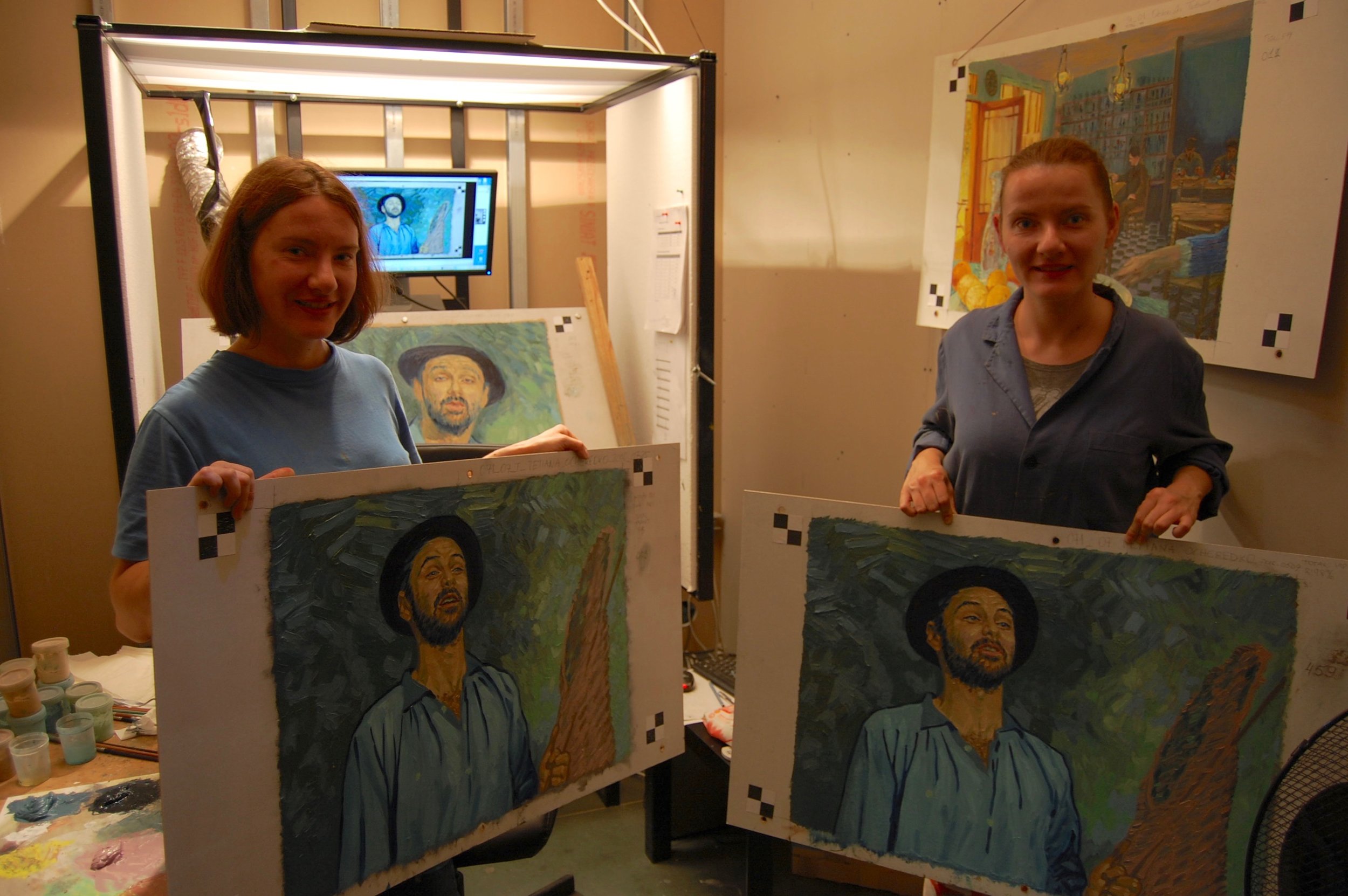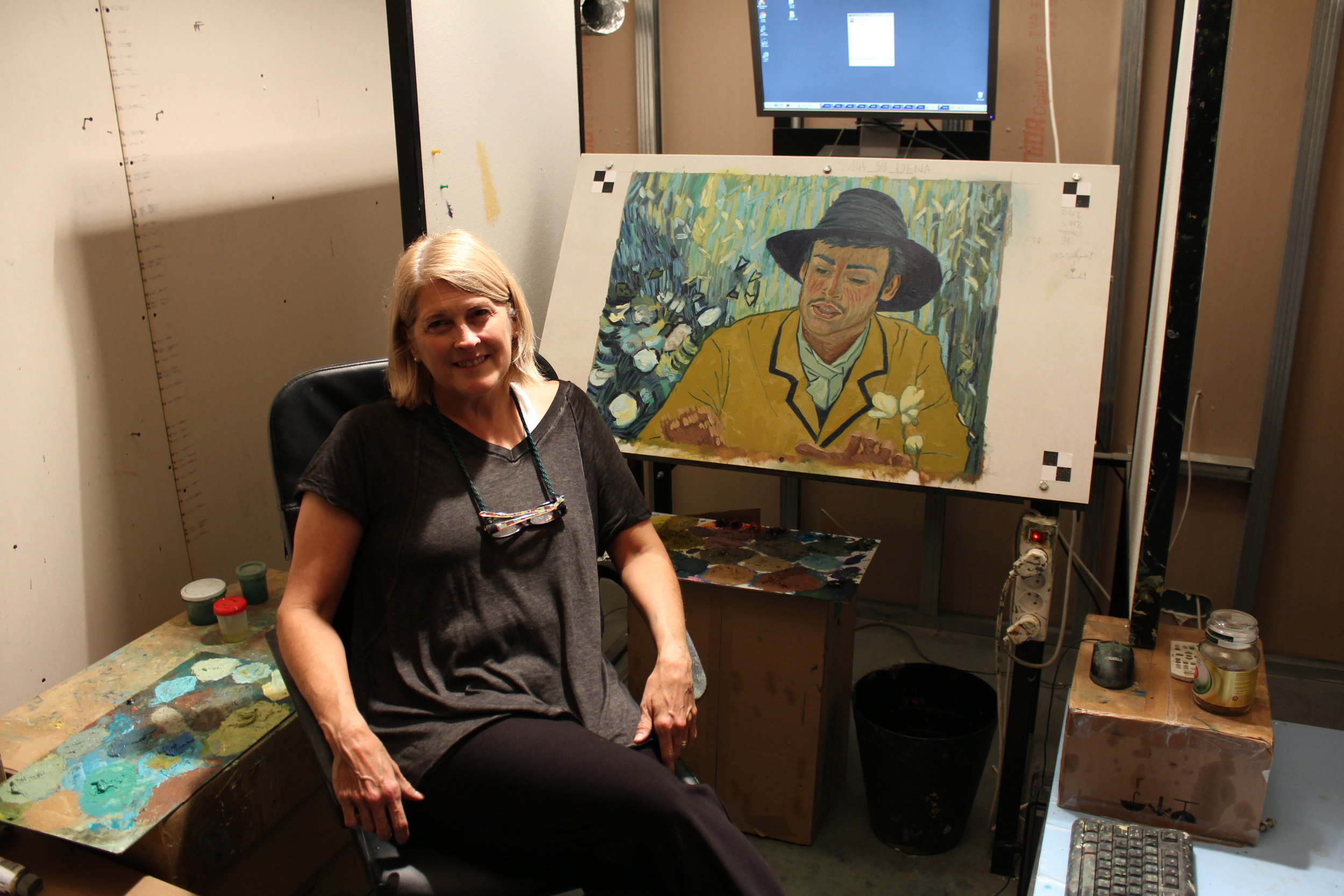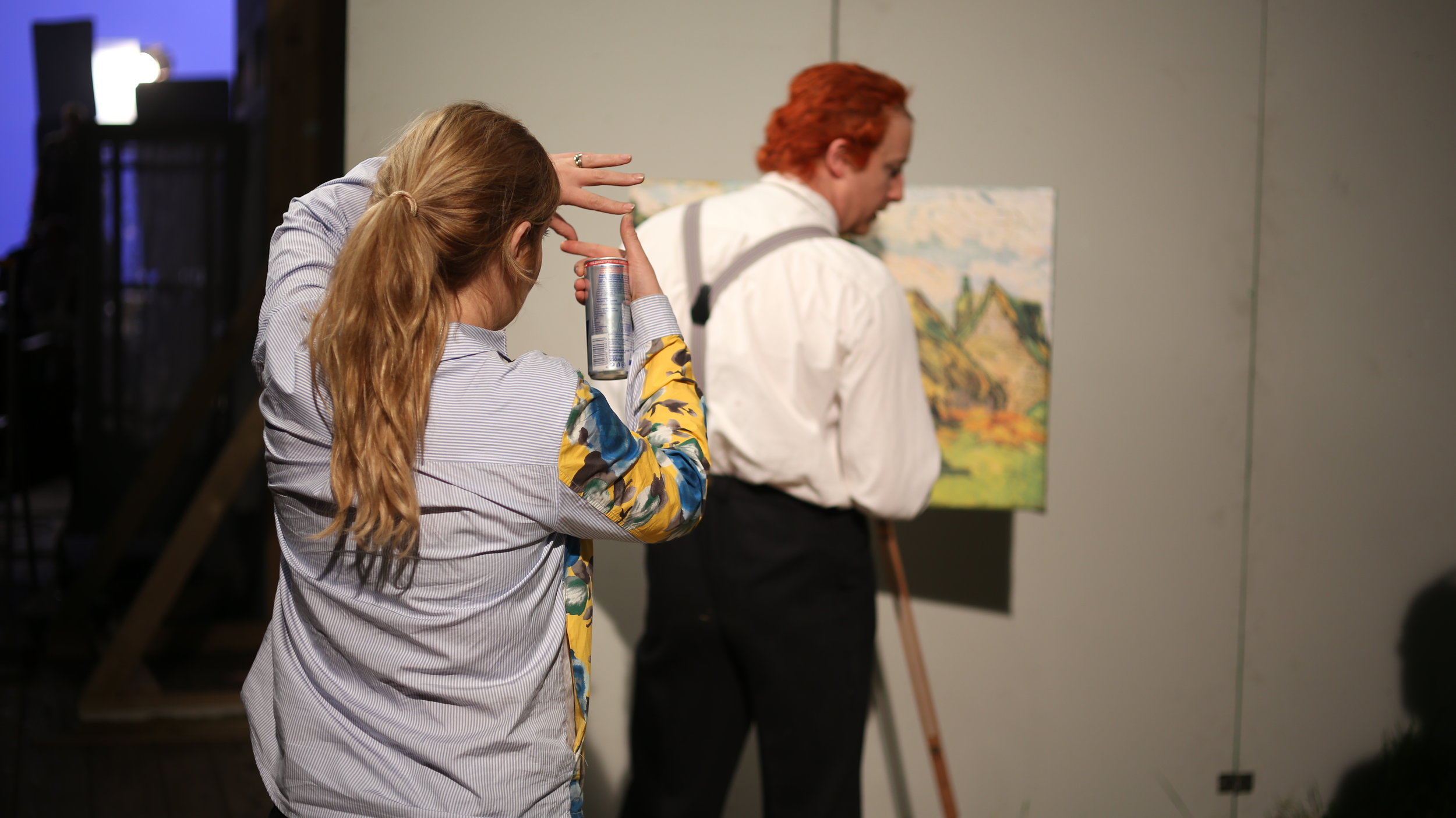I AM Hugh Welchman | Loving Vincent
Interview by Editor-In-Chief, Liberté Grace
Loving Vincent is the world’s first fully painted animation feature film about the iconic artist; Vincent Van Gogh, co-written and directed by first-time feature directors, Dorota Kobiela and Hugh Welchman.
Since its break-out success, "Loving Vincent" has won 48 industry nominations and 17 wins, including a BAFTA, Oscar and Golden Globe nomination, for Best Animated Feature. Recently, the film won awards for Best Editing and Best Production Design, at the Polish Academy Awards.
Hailed by critics as a one-of-a-kind cinematic masterpiece—this sumptuous biopic adopts Van Gogh's signature painterly style, with the audacious intent to transport us intimately into his inner world—while bringing to life the impossible fantasy of accessing the truth of his final days.
The film took seven years to make and includes 66,960 hand-painted frames; created by 125 professional oil-painters, who travelled from around the world, to work on the ambitious production by BreakThru Films.
Utilising a first of its kind animation technique, Loving Vincent was initially shot as a live action film with an A-list cast including three-time Oscar-nominated Saoirse Ronan, Douglas Booth, Eleanor Tomlinson, Jerome Flynn, Chris O'Dowd, John Sessions, Aidan Turner, Helen McCrory, and Robert Gulaczyk.
Each actor's performance was translated into painted frames, live—inspired by the artist's iconic words written within his last letter to his brother:
“We cannot speak other than by our paintings.”
Hugh Welchman
I AM FILM’s Editor, Liberté Grace, interviewed Producer, Co-writer and Director Hugh Welchman, about the story behind its creation, and the secret to securing the 5.5million dollar budget—without any previous box office track record. Welchman is also best known for his Academy Award-winning short film, Peter and the Wolf .
Loving Vincent is the world’s first fully painted animation feature film, the first Polish animated feature film to be nominated for an Oscar, BAFTA, and Golden Globe, and the first to be directed by a woman; your co-director, co-writer, and wife, Dorota Kobiela. What do these history-making milestones mean to you both?
HW: We had a great party. It means a lot to Dorota and our company, and it means a lot to me too. She had a struggle making this film. There has been, and there still is, a bias against women in the animation industry—particularly in Poland. In live action, it's better than in animation; where it's one of the worst areas in the medium.
Dorota is going to be working with the Polish Film Institute next year, and this is going to be one of her issues, that she wants to address.
“Women bring different voices to film. It’s only going to be a good thing if we have a greater range of stories.”
Both you and Dorota wrote and directed Loving Vincent together, and you also happen to be husband and wife. How did you meet and how was the project conceived?
HW: Dorota conceived of the project before she met me. She had been working in the visual effects and animation industry for three or four years. She got to a point when she missed painting, and she was frustrated. She wanted to do her own projects, but she was working on other people's films.
So, she decided she was going to combine her two passions: painting and film. She wanted to paint a film—entirely by herself. It was going to be a seven-minute film, bringing to life the paintings of Vincent van Gogh. She was very moved when she re-read Vincent van Gogh’s letters. As Vincent painted so prolifically, it was possible to get a 360-degree view of the world as he saw it.
She applied for money from the Polish Film Institute, and she got accepted. At that time, she took a job at BreakThru Films. After a couple of weeks, I was pretty sure that I was going to marry her. I had fallen head over heels in love with her. And, soon enough, we did get married.
I suggested that Loving Vincent should be a feature film, because Vincent is so incredibly popular. It was such a big-scale crazy notion to her. She got out her calculator and said, "Well, it'll take me eighty years to paint it," and I said, "You'll probably need to have some other painters, besides yourself, to work on it." After a while, she thought it was a good idea too, and we got excited about it together.
Vincent van Gogh is obviously a revered artist—known for his extraordinary, yet, brief career. Loving Vincent focuses on the mystery surrounding what was thought to be Vincent’s famed suicide. What compelled you both to focus on this part of his legacy?
HW: Well, from the very beginning, the short film idea was set during his last days. So, we were already interested in his state-of-mind, during his final weeks in Auvergne. From a practical point of view, we wanted to feature the paintings of his mature style; the style that we associate with him today. He only really crystallised it, in the three years before his death.
Once we started researching who his portraits were of, who they were in real life, and what they said about Vincent after he died—when he was already becoming famous—very often, they were saying contradictory things, to what Vincent himself was saying in his letters.
So, we were having to be detectives at the script stage, and trying to work out: who was telling the truth, who was lying, who was just misremembering because it was a long time ago, and if anyone had any dark secrets, that they were hiding. We wanted to try to get inside Vincent's mind, in those final ten weeks (of his life).
And then, we were already two or three drafts under our belt, when the Naifer & Gregory Whites Smith biography, was published in 2010. We read it in 2011. It postulated this theory: that based upon rumours from Auvergne in the 20th century, perhaps, Vincent had been shot—accidentally or not—by this teenage boy, Rene Secretan.
We read it and thought "that's impossible," and then, we looked at the reasons why. It made a lot of sense; in relation to the logistics around Vincent's last twenty-four hours. It seemed like it was worth looking into—particularly, the positioning of the wound, the fact his stuff was never found, and that he didn't leave any suicide note—when this was a man who wrote almost a letter every day to his brother.
We found that we were fascinated by this mystery. It was a useful way into his life; this question about who Vincent really was, and what he was like.
Were there any personal experiences, that helped you to empathise with Vincent’s journey?
HW: Dorota has struggled with depression, quite seriously, during some periods (in her life). So, she’s very sympathetic towards the struggles that Vincent went through; in relation to mental health. I think that was one thing.
In Poland, she (Dorota) had directors saying to her: “Who are you to do this? You should be doing a short film. You should know your place,” and she was really shocked. She thought the people who would be supporting her the most in her ambition, would be animation directors in Poland. Instead, there was quite a lot of negative vitriol sent her way. I think we could both connect with that outsider element that Vincent had.
Tell us about the process of working with the actors and artists, to create this unique painted-animation style.
HW: They (the painters) had a screen in front of them, and they had to reimagine it onto the canvas. The idea was always that it was going to be a combined performance—between the actor and the painter—that was very much in line with what Vincent had been doing.
When he painted the portraits, he painted from a real live person in front of him. He wanted to capture the soul of that person; using his impasto and his colour technique, to really try to depict their essence. The challenge for our painters, was to try to do that.
On our low budget, we had to shoot very fast. We shot all the main actors in London in two weeks. We were doing up to 30 set-ups a day. As first-time directors, it was pretty intensive on-set with big and famous actors, having to get through all this material.
The fact that they were such good actors helped us. It was a bit tense on the stage working under such time pressure, but, it was the highlight of the seven years—the live action shoot with our actors.
In that process, I imagine that there would have been a steep learning curve. What would you say you learned, that was unexpected, as you innovated this new style of painted animation?
HW: In the biggest studio: we had 65 people working (together). We thought that these people, who are used to working on their own in their own studios—they're all going to be thrown together and have very tight supervision, in terms of what they were doing artistically—and there's going to be a lot of temperamental friction. Artists can be a little bit wild. I thought a lot of people would resign.
So, it was a big surprise, that it was absolutely the most cohesive group I've ever worked with in my career. They were just really excited that there was actually a job out there; that PAID painters. Most of them had accepted that painting wasn't really a job—but, was more of a passion and a life choice, that they made. And then, at various points, they had to go and do whatever: work as a chef in a supermarket, or go and do graphic design work for advertising—all these different things, apart from painting.
To find that there's a job in the world, in which, they could actually exercise their talents in oil painting—I think that was very liberating for them. Obviously, it was a tough job. It's also great, because, I get messages every week from painters just saying how Loving Vincent, has changed their lives in various ways.
Was there ever a moment in the process where you thought that it might not work?
HW: No. I always thought that we were going to make it somehow. We did have some very scary moments. We had a big team, and a big overhead, since 2014.
We started some months not knowing where the money was coming from before the end of the month. It really just wears you down, that kind of financial uncertainty. Dorota and I moved house 21 times, during production. There was one time when I got on a plane, and I had to go and see someone to try to close more money; otherwise, we wouldn't be able to pay our painters.
I never thought it wasn't going to happen. But, there was a lot of uncertainty during the journey.
Did you ever feel that it was going to be the phenomenon that it is has become?
HW: No, I don't think we ever had that feeling that it was going to be a phenomenon. From seeing the first test; I was convinced that it was going to look incredible. And then, there was always the sense, that we needed to make a story; that was good and gripping enough, to stand up to the visuals.
“Film is a storytelling medium. Without an engaging story, you can have the most beautiful looking film in the world and audiences won’t respond to it.”
I honestly think that the moment when I felt that everything was going to be alright; was at the world premiere at Annecy. During the screening, I had bionic hearing. I could hear every sniffle. I thought I could hear people snoring, shuffling their feet, whispering, and I thought, “It's not going very well. It's going to be a bit of a disaster.”
In the end, there was applause, and I'm like, "Ok, this is ok, this is good. This is respectable," and then, it just kept going and going—until everyone started getting up on their feet, and we had a standing ovation. The standing ovation went throughout the end credits, and even after the lights came up.
It was an 11-minute standing ovation. Dorota was in floods of tears. I was in tears. It was a really amazing moment. It was just like: it's going to be fine. We didn't waste the last seven years of our lives, on something that people will feel lukewarm about. People felt it was something different and something special.
LOVING VINCENT GETS A STANDING OVATION AT THE WORLD PREMIERE IN ANNECY
Loving Vincent has made over $37 million at the box office. You mentioned in previous interviews that you initially had difficulties finding the right business and finance partners. How did you eventually convince financiers, that the world's first fully painted feature film was possible, and that they should finance it?
“Our magic number was—if Loving Vincent can cross over $30million in worldwide box office—we’ve got enough of an audience, who will be predisposed to watch our next film.”
HW: We must have pitched it to around 200 different financiers. We had three or four main financiers, and then, some smaller ones as well. They fell into two categories: there were two or three people who just seemed to get it. They saw the trailer and they said, “Yes, of course! This is going to be great.” They knew Vincent van Gogh is very popular, and that the film had an extraordinary-looking style. That was only three out of 200.
And then, there was another group who joined us later—after we had this accidental social media explosion.
We had 1000 applications for painters from Poland, and 45 were working for us. We needed more applicants and more painters. So, we put together a video to try to hire painters from abroad. It was a one-minute advert, which was made up of the material we had done so far on the film.
A fan took it, put on their Facebook page—and within 24-hours—there were two million views. I hadn't opened my Facebook account in six months. All of a sudden, people I hadn't heard from in years, were phoning me up or emailing me.
As a result of the popular support over those three months online; there were people who we had pitched to who liked the project, but just needed some outside verification (to invest). If you think about it: filmmaking is very risky.
And finally, what kinds of projects will BreakThru Films create in the future?
Loving Vincent painting animators at work in the studio - image courtesy of BreakThru Films
HW: Painting animation! Absolutely. We love the technique. We think it looks beautiful and it has a lot of possibilities. Considering the range of artistic expressions, that oil painters have come up with over the centuries; I think we have incredible options.
With this result, it would make the financing process so much smoother, that we can take the risk, and concentrate on this technique that we have forged.
One of the amazing things about painting animation is: there’s no prejudice in the audience, that it’s for families or children. Because of the unbelievable success of Disney and Pixar, the genre of animation is very much associated with children and family films.
For us, the adult audience very much accepted Loving Vincent on its own terms; as a film for an adult audience. And so, we really want to develop that, and see if we can extend it.
We have three films that we want to make, over the next ten years. We want to do a family film. But, we're also looking at doing another Arthouse film; focused on an artist. First, we want to do a genre film.
The one that is the most advanced is a horror film based on the paintings of Spanish artist, Goya. We didn’t want people to just associate this medium with biopics about artists. We want to go against those expectations and come up with something fresh and exciting.
Loving Vincent is now available on DVD through Madman Entertainment.
You can follow Hugh Welchman @HughWelchman and Dorota Kobiela @dorota_kobiela and visit LovingVincent.com for further information. Questions and comments can be sent to info@iam.film.
Follow I AM FILM on Instagram (iamfilmofficial) #IAMFILM #MastersOfFilm and Join our list to receive more news and views by the Masters of Film.
ABOUT THE FILMMAKER
Hugh Welchman
FILM PRODUCER AND DIRECTOR
BreakThru founder and Creative Director, Hugh Welchman, was awarded an Oscar in 2008 for Peter & the Wolf, and his next animation—The Magic Piano—was shortlisted in 2012 in the same category. BreakThru has won 35 major awards and nominations for their past live action films and animation film in a range of techniques. Currently BreakThru Films is specialising in Painting Animation and in Puppet Animation. Welchman has personally received 7 wins and 14 nominations for his work.
Loving Vincent written & directed by Dorota Kobiela and Hugh Welchman brings Van Gogh’s work to swirling life on the big screen. The film stars: Douglas Booth (Pride and Prejudice with Zombies); Eleanor Tomlinson (Jack the Giant Slayer, Poldark); Saoirse Ronan (Oscar Nominated for both Brooklyn and Atonement); Jerome Flynn (Bron in Game of Thrones); Aidan Turner (Kili in The Hobbit, Poldark); Chris O’Dowd (Bridesmaids, The IT Crowd); Helen McCrory (Narcissa Malfoy in Harry Potter); John Sessions (Gangs of New York).
Each of the film’s 65,000+ frames is an oil painting on canvas, created by using the same technique in which Vincent himself painted. A team of 125 specially trained and selected painters work in BreakThru's patent-pending technology PAWS (Painting Animation Work Stations) to bring the paintings to animated life. For more information about the film visit www.lovingvincent.com.
You can follow Hugh Welchman on Twitter @HughWelchman and Instagram @HughWelchman.

